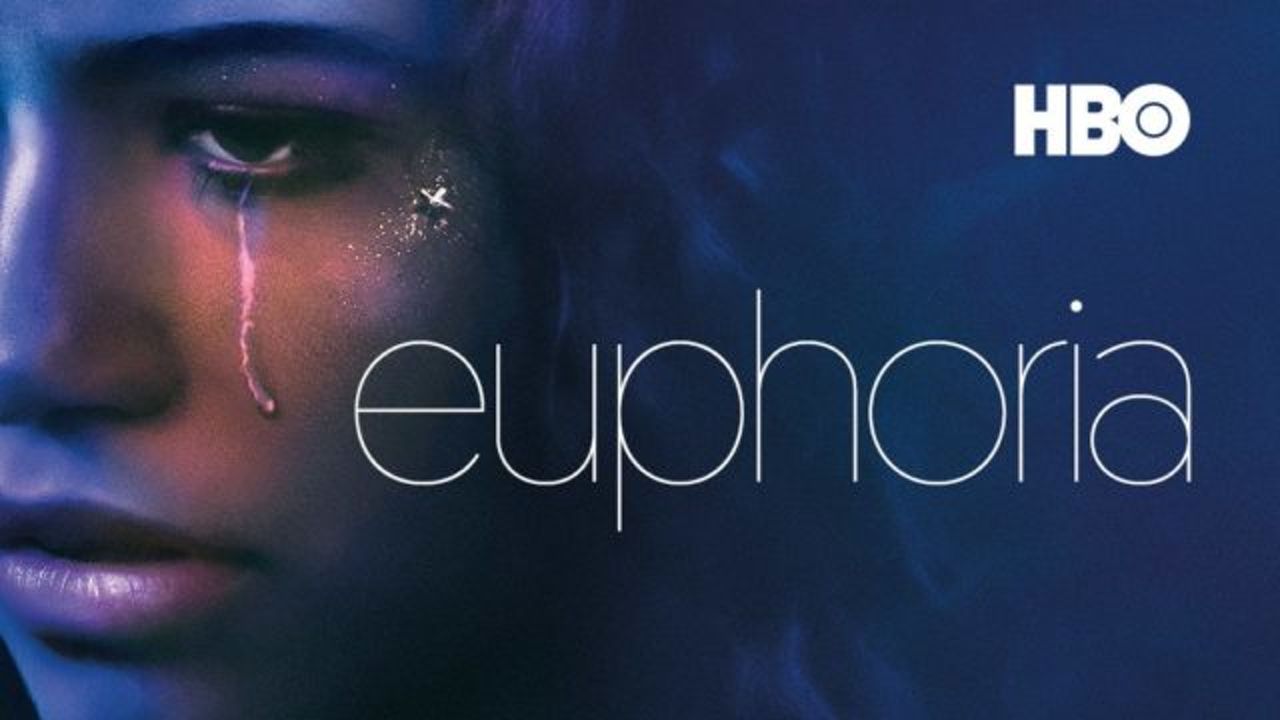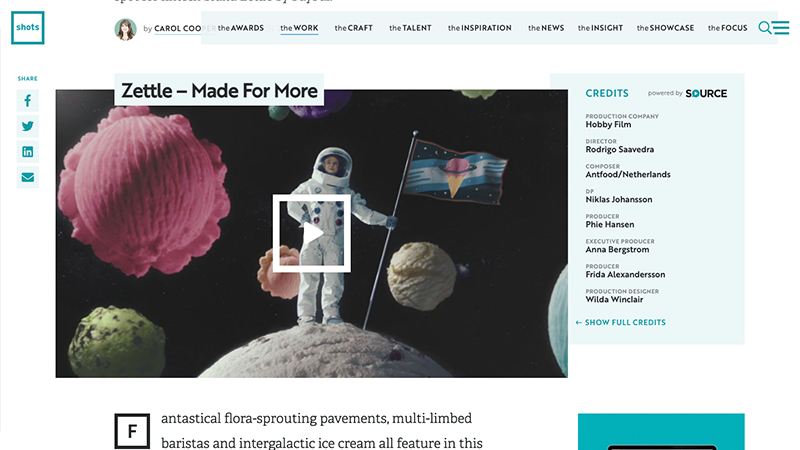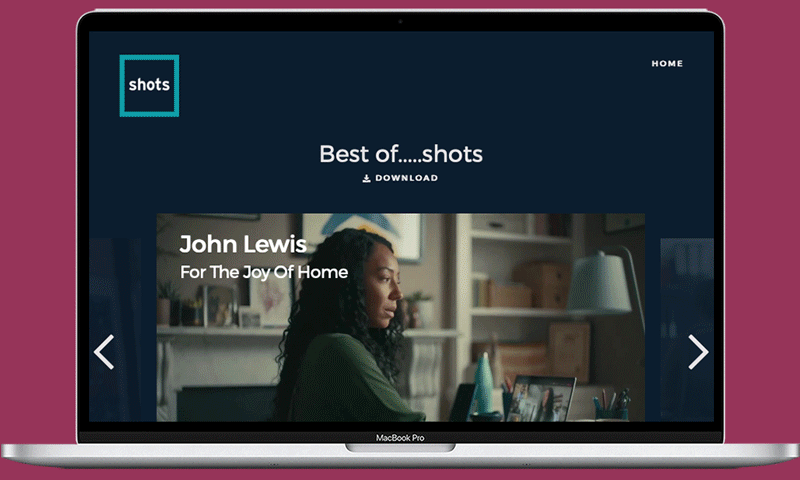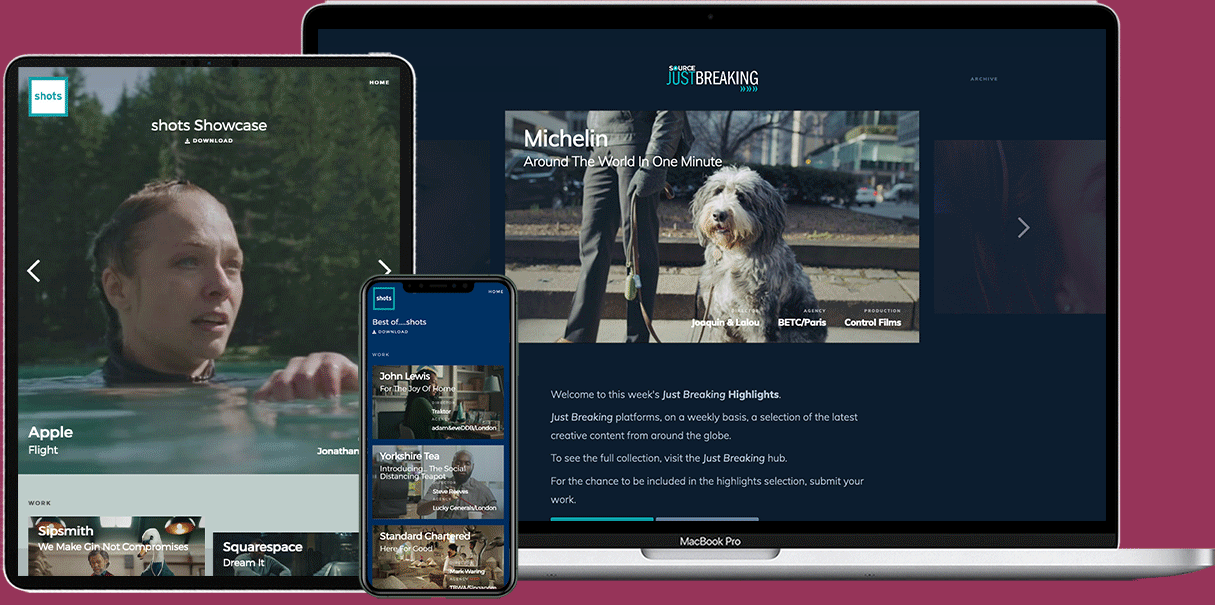The future of entertainment: how Gen A is reshaping the landscape
As Whitney Houston rightly sang, children are our future, but what sort of future do their habits and preferences point towards? Ben Younie, Insights Director, Global Accounts at Beano Brain, examines the likes and dislikes of Generation Alpha, a new cohort of influential young consumers.
Generation Alpha, the cohort of children and teens born since 2010, is a generation that is remarkably discerning and at ease with brands, even at a young age.
In the fast-changing world of entertainment, this newest generation of consumers is wielding unprecedented power and influence.
This newest generation of consumers is wielding unprecedented power and influence.
With their mastery of streaming platforms, savvy navigation of content and insatiable appetite for laughter and comfort, this demographic is already reshaping the industry. Combined with the fact that Generation Alpha is expected to become the largest generation in history - reaching over two billion globally by 2025 - it is clear that this is a demographic that brands cannot afford to ignore.
For those looking to connect with this dynamic audience, understanding their preferences and behaviours is crucial. So, what do brands need to know about Gen Alpha and their habits?

Above: Streaming channels like Netflix and Disney+ are some of the most popular brands among Generation Alpha.
Streamers dominate, but live TV holds its appeal
At Beano Brain, we observed and listened to kids and teens in the US and UK to find out exactly what makes a brand cool for this generation. From the 120,000 responses from kids and teens aged 7–14, we ranked the 100 coolest brands.
The data is clear - kids and teens have firmly embraced the world of streaming, with Netflix and Disney+ leading the charge. It’s the why that’s interesting, though. These brands have recognised the importance of catering to this tech-savvy generation, offering a diverse array of content that allows kids to see themselves represented on screen.
These platforms also allow kids to tailor their own content and create avatars to fit their interests on safe, trusted platforms. Brands that enable Gen A to create a sense of individuality and self will always come out on top.
Linear TV and live, scheduled viewing still hold a special appeal for this generation, especially when it comes to family-friendly shows.
And we are also seeing a significant shift in family bonding experiences as parents seek to involve their kids more in their activities, and children show increasing interest in their parents' pursuits, a trend we’re naming ‘Parallel Me Time’. Brands and advertisers who want to reach Gen Z should not ignore or completely abandon traditional TV. Linear TV and live, scheduled viewing still hold a special appeal for this generation, especially when it comes to family-friendly shows like game shows and sitcoms.
Even as Gen Z consumes more digital and streaming content, traditional TV remains an important part of their media diet.

Above: Darker more serious shows, like Euphoria, have become less popular with Gen A.
Humour reigns supreme
What do kids and teens crave in their entertainment? Laughter, comfort and a sense of joy.
Following a period of kids watching programmes with BBFC age certifications higher than their own age, such as 13 Reasons Why, Euphoria and Stranger Things, we are seeing a resurgence of comedy, with classics like FRIENDS, Brooklyn Nine-Nine and Young Sheldon coming out on top. In fact, when we asked our panel of kids from this demographic what makes them want to watch TV shows, over half - 54% - said the content has to make them laugh.
Young viewers are craving an escape from the serious, heavy-hitting content that's been dominating recently.
This suggests young viewers are craving an escape from the serious, heavy-hitting content that's been dominating recently. The familiar, lighthearted vibes of those old sitcoms are providing a much-needed respite.
Brands have a real opportunity here to capitalise on this trend. They can align themselves with feel-good, laugh-inducing content that sparks joy. Or they can create their own comedic, lighthearted stuff that resonates with this audience.

Above: Despite first airing in the 90s, comedy shows like FRIENDS are popular with Gen A.
Beyond the console
The gaming landscape is also undergoing a transformation and has pushed itself beyond the console. Now, it unwaveringly taps kids’ entire entertainment universe with well-timed releases and collabs that make it a ubiquitous and focal part of their everyday lives.
[TikTok]has not only influenced kids and teens' viewing habits but has also blurred the lines between entertainment and commerce.
Think Rocket League (a hybrid of soccer and rocket-powered cars) that has released limited-edition car decals and wheels. Or Gran Turismo, which recently took a leap into cinemas. The gaming brands that do well with this demographic extend beyond just gaming consoles, tapping into omnichannel experiences to create a rounded output.
TikTok's and the convergence of entertainment & commerce
We all know TikTok has had a huge impact on the industry. This platform has not only influenced kids and teens' viewing habits but has also blurred the lines between entertainment and commerce.
TikTok Shop has created a seamless pathway from discovery to purchase, with brands that tap into highly relatable influencers able to use content to spark awareness, inspiration and engagement that directly translate into sales.
This is especially impactful in categories like fashion and beauty, where kids and tweens are eager to emulate the looks and styles they see from their favourite social media stars. Brands that can create content that feels authentic and engaging, rather than overtly promotional, will be the ones that succeed in this new landscape.

Above: Video games such as Rocket League taps into Gen A by releasing limited-edition car decals and wheels for the game.
Rather than relying on traditional advertising tactics, brands should focus on developing engaging, shareable content across digital platforms like YouTube, TikTok and Instagram. Viral videos, behind-the-scenes glimpses and interactive experiences can all help brands forge deeper connections with kids and teens, who are increasingly seeking authentic, entertaining content that aligns with their values and interests.
Brands must recognise that this generation of digital natives holds higher expectations than ever before.
Importantly, brands must recognise that this generation of digital natives holds higher expectations than ever before. They will quickly call out any attempts at inauthenticity or superficial engagement. To truly connect with kids and teens, brands must be willing to invest in long-term strategies that prioritise entertainment, relatability and a genuine understanding of their evolving preferences and behaviours.
By adapting to the shifting entertainment landscape and creating immersive, engaging experiences that blur the lines between content and commerce, brands can forge deeper connections with the newest generation of consumers.
As brands master the art of engaging Generation Alpha, the opportunities will be endless. This tech-savvy, digitally-native generation represents a vast and lucrative market, and those who can effectively capture their attention and loyalty will be well-positioned for long-term success.





 + membership
+ membership








